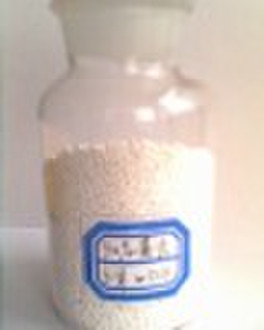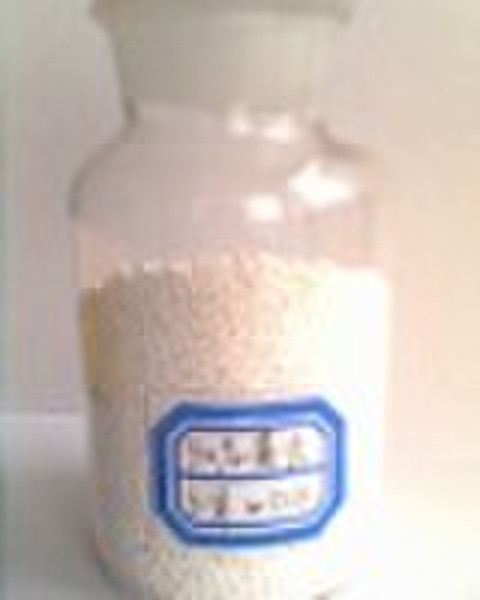阿特拉津80%的本报告因处理延误在上述日期提交

barry yin
联系人姓名
基本信息
| 分类 | Herbicide |
|---|---|
| 化学文摘社编号. | 1912-24-9 |
| 小额信贷 | C8H14ClN5 |
| Einecs编号没了 | 217-617-8 |
| 出生地 | Zhejiang China (Mainland) |
| 纯洁的 | 97%TC |
| 适用 | herbicides |
1)Common Name: Atrazine 2)ChemicalName: 2-chloro-4-(ethylamine)-6-(isopropylamine)-s-triazine 3)Molecular Weight: 215.685 4)Formulation: 97%TC 50%WP 90%WDG 40%SC 5)Physical and Chemical Properties: Relatively stable in neutral, weakly acidic and weakly alkaline media. Rapidly hydrolyzed to the hydroxyl derivative in strong acids and alkalis, and at 70C in neutral media. Stable under normal storage condition in original container for at least two years. Solubility in water 33 mg/l, in ethyl acetate 24, acetone 31, dichloromethane 28, ethanol 15, toluene 4.0, n-hexane 0.11, n-octanol 8.7 (all in g/l,25C). 6) Toxicity: According to Extension Toxicology Network, "The oral LD50 for atrazine is 3090 mg/kg in rats, 1750 mg/kg in mice, 750 mg/kg in rabbits, and 1000 mg/kg in hamsters. The dermal LD50 in rabbits is 7500 mg/kg and greater than 3000 mg/kg in rats. The 1-hour inhalation LC50 is greater than 0.7 mg/L in rats. The 4-hour inhalation LC50 is 5.2 mg/L in rats." 7) Application: Atrazine is used to stop pre- and post-emergence broadleaf and grassy weeds in major crops by binding to the plastoquinone-binding protein in photosystem II, inhibiting electron transport Atrazine and its derivatives are also used in many industrial processes, including the production of some dyes and explosives. Atrazine is the most widely used herbicide in conservation tillage systems, which are designed to prevent soil erosion.Its effect on yields has been estimated from 6% to 1%, with 3-4% being the conclusion of an extensive review. 8)Packing As per customer's instruction.
付款条款
Documents Against Acceptance
Documents Against Payment
Letter of credit
Telegraphic transfer
-
支付方式
我们接受:









